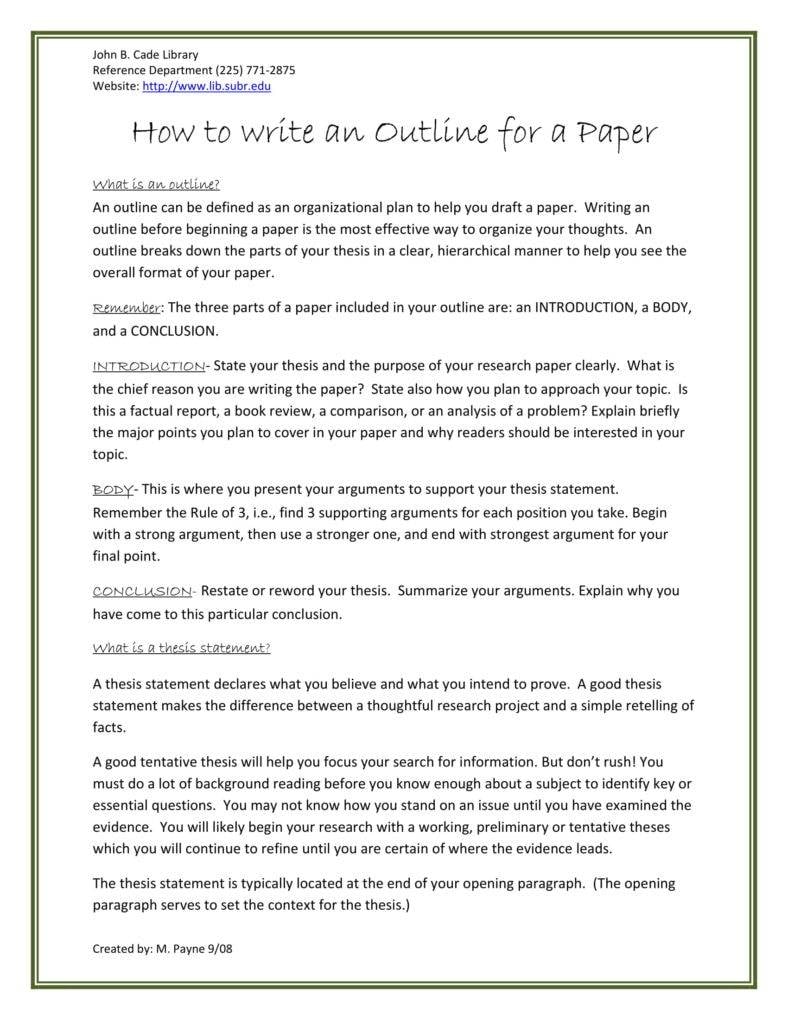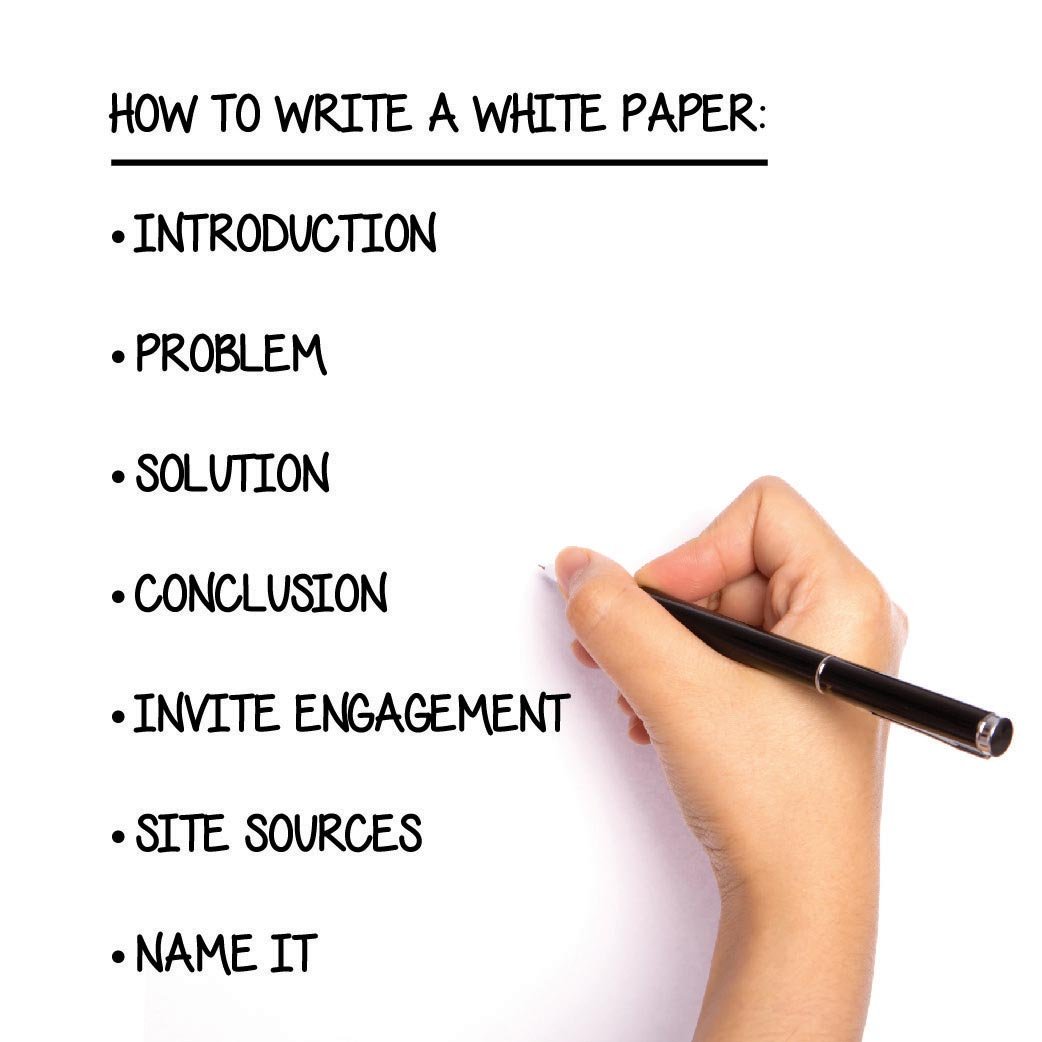
Table of contents
Decide the main point you want to convey or prove in your paper. Develop a list of “talking points” (main points) you hope to get across. Find evidence (facts, quotes, details, or expert opinions) to support your main points. Organize your points into a structure that makes sense. For more, see our page on outlining. Draft Write Start writing The usual stages in writing a paper are set out in the boxes below. Papers are not drafted sequentially; do it in any order you wish. Get the scientific facts and technical details down, the ideas formulated, the graphs and figures planned 4. Finally, an outline allows you to draft a paper unsequentially—that is, if you happen to know more about one aspect of your topic, even if it is not to be addressed until the fourth paragraph, you can write it out and know where it will fit (although another draft will always be needed to make the writing seamless). C. Reverse Outlining

1. Understand the assignment
4. Finally, an outline allows you to draft a paper unsequentially—that is, if you happen to know more about one aspect of your topic, even if it is not to be addressed until the fourth paragraph, you can write it out and know where it will fit (although another draft will always be needed to make the writing seamless). C. Reverse Outlining · In general, aim to write 1 body paragraph for each main point. Introduce the point at the beginning of the paragraph, write a few sentences to back it up with evidence from %(2) Decide the main point you want to convey or prove in your paper. Develop a list of “talking points” (main points) you hope to get across. Find evidence (facts, quotes, details, or expert opinions) to support your main points. Organize your points into a structure that makes sense. For more, see our page on outlining. Draft Write Start writing

The usual stages in writing a paper are set out in the boxes below. Papers are not drafted sequentially; do it in any order you wish. Get the scientific facts and technical details down, the ideas formulated, the graphs and figures planned · In general, aim to write 1 body paragraph for each main point. Introduce the point at the beginning of the paragraph, write a few sentences to back it up with evidence from %(2) 4. Finally, an outline allows you to draft a paper unsequentially—that is, if you happen to know more about one aspect of your topic, even if it is not to be addressed until the fourth paragraph, you can write it out and know where it will fit (although another draft will always be needed to make the writing seamless). C. Reverse Outlining
Decide the main point you want to convey or prove in your paper. Develop a list of “talking points” (main points) you hope to get across. Find evidence (facts, quotes, details, or expert opinions) to support your main points. Organize your points into a structure that makes sense. For more, see our page on outlining. Draft Write Start writing The usual stages in writing a paper are set out in the boxes below. Papers are not drafted sequentially; do it in any order you wish. Get the scientific facts and technical details down, the ideas formulated, the graphs and figures planned 4. Finally, an outline allows you to draft a paper unsequentially—that is, if you happen to know more about one aspect of your topic, even if it is not to be addressed until the fourth paragraph, you can write it out and know where it will fit (although another draft will always be needed to make the writing seamless). C. Reverse Outlining

Decide the main point you want to convey or prove in your paper. Develop a list of “talking points” (main points) you hope to get across. Find evidence (facts, quotes, details, or expert opinions) to support your main points. Organize your points into a structure that makes sense. For more, see our page on outlining. Draft Write Start writing The usual stages in writing a paper are set out in the boxes below. Papers are not drafted sequentially; do it in any order you wish. Get the scientific facts and technical details down, the ideas formulated, the graphs and figures planned 4. Finally, an outline allows you to draft a paper unsequentially—that is, if you happen to know more about one aspect of your topic, even if it is not to be addressed until the fourth paragraph, you can write it out and know where it will fit (although another draft will always be needed to make the writing seamless). C. Reverse Outlining
No comments:
Post a Comment